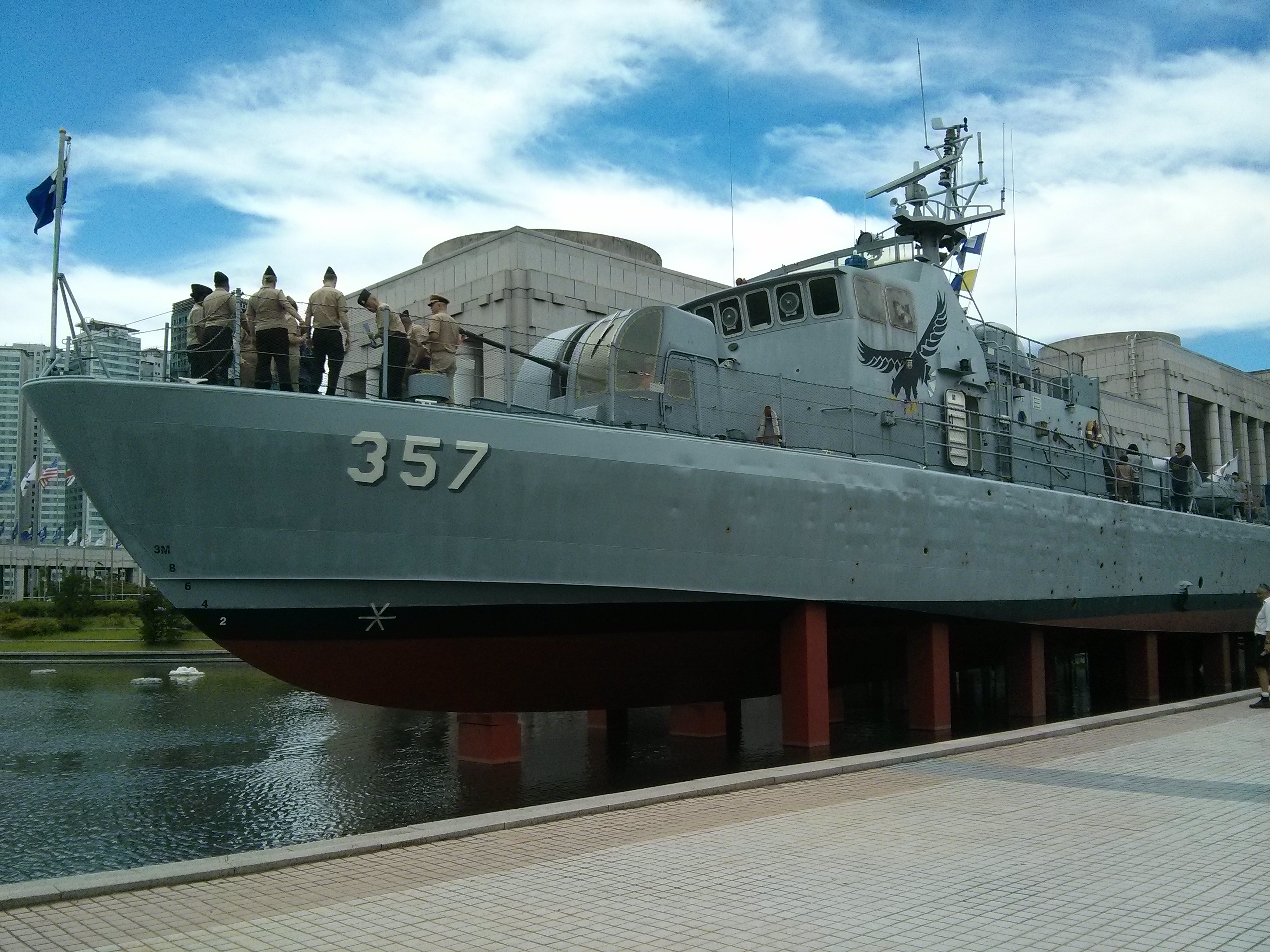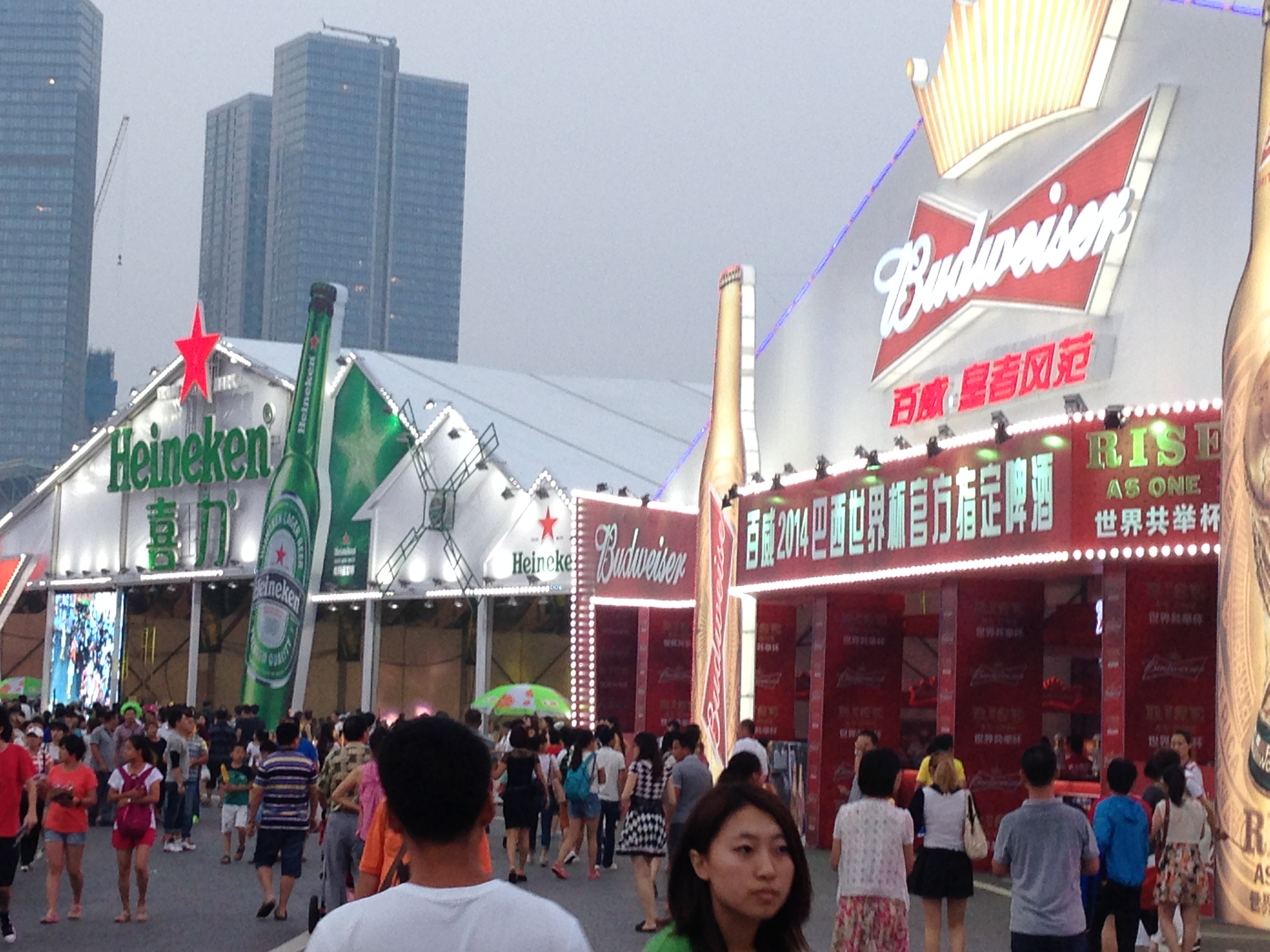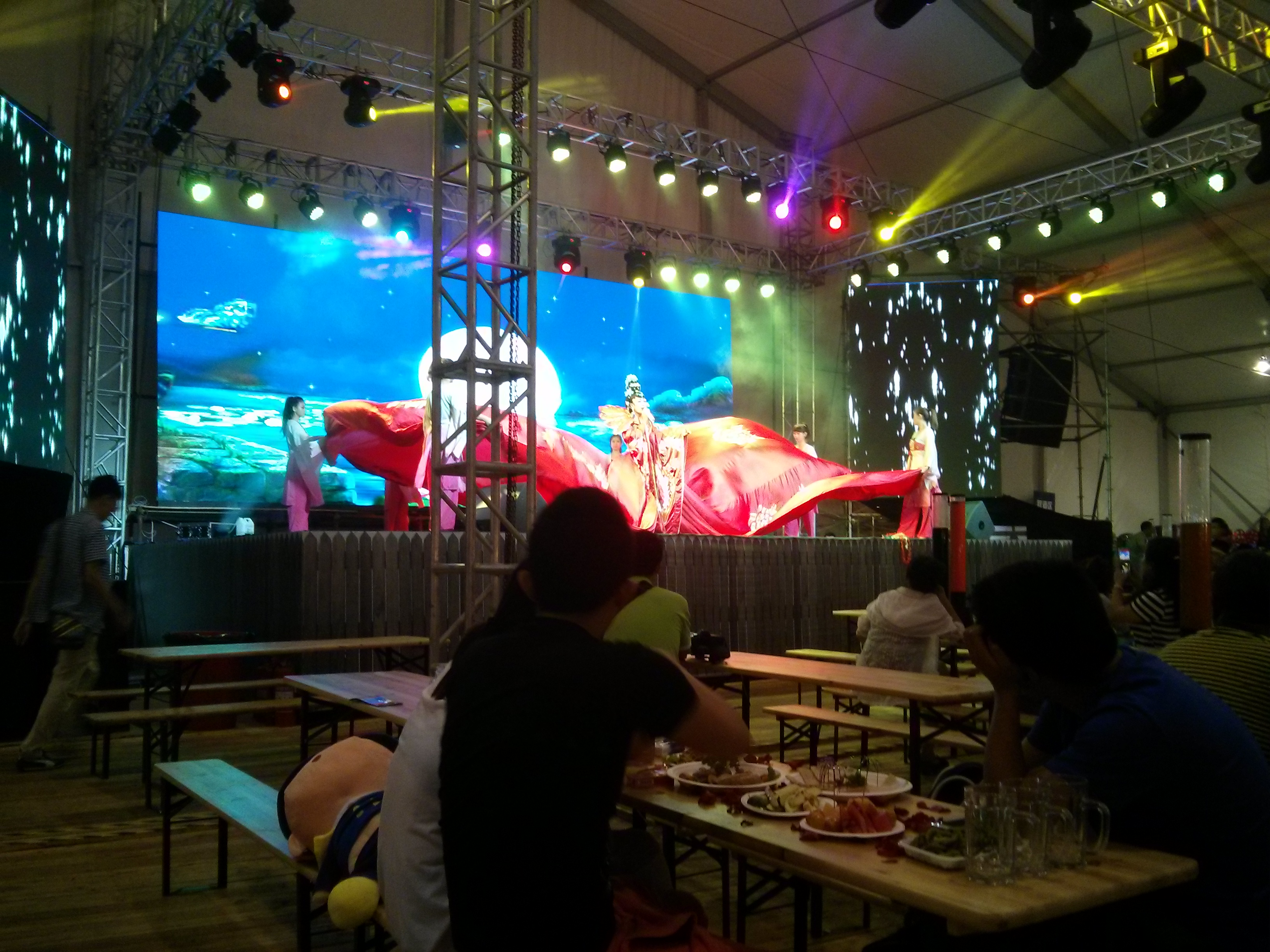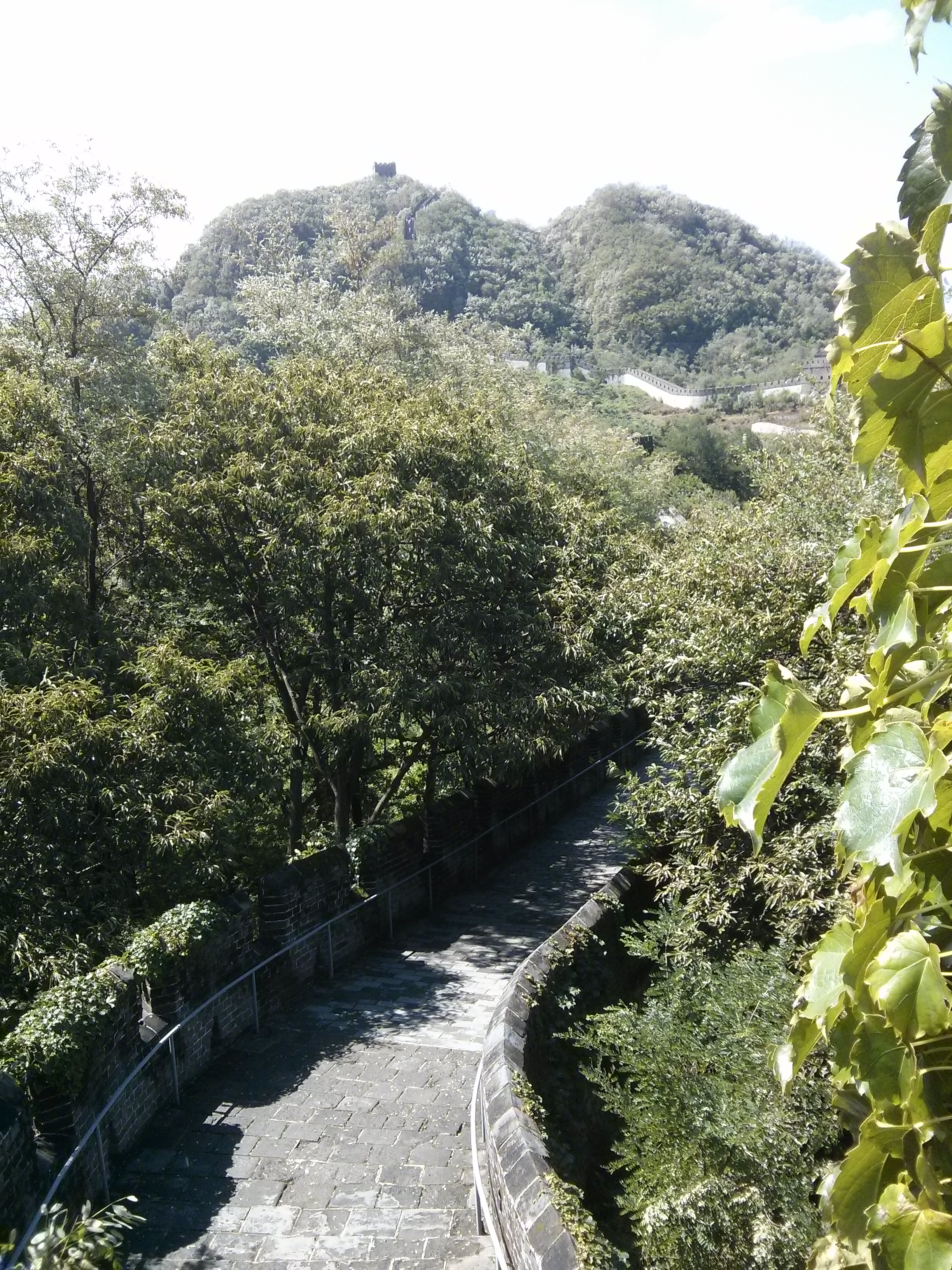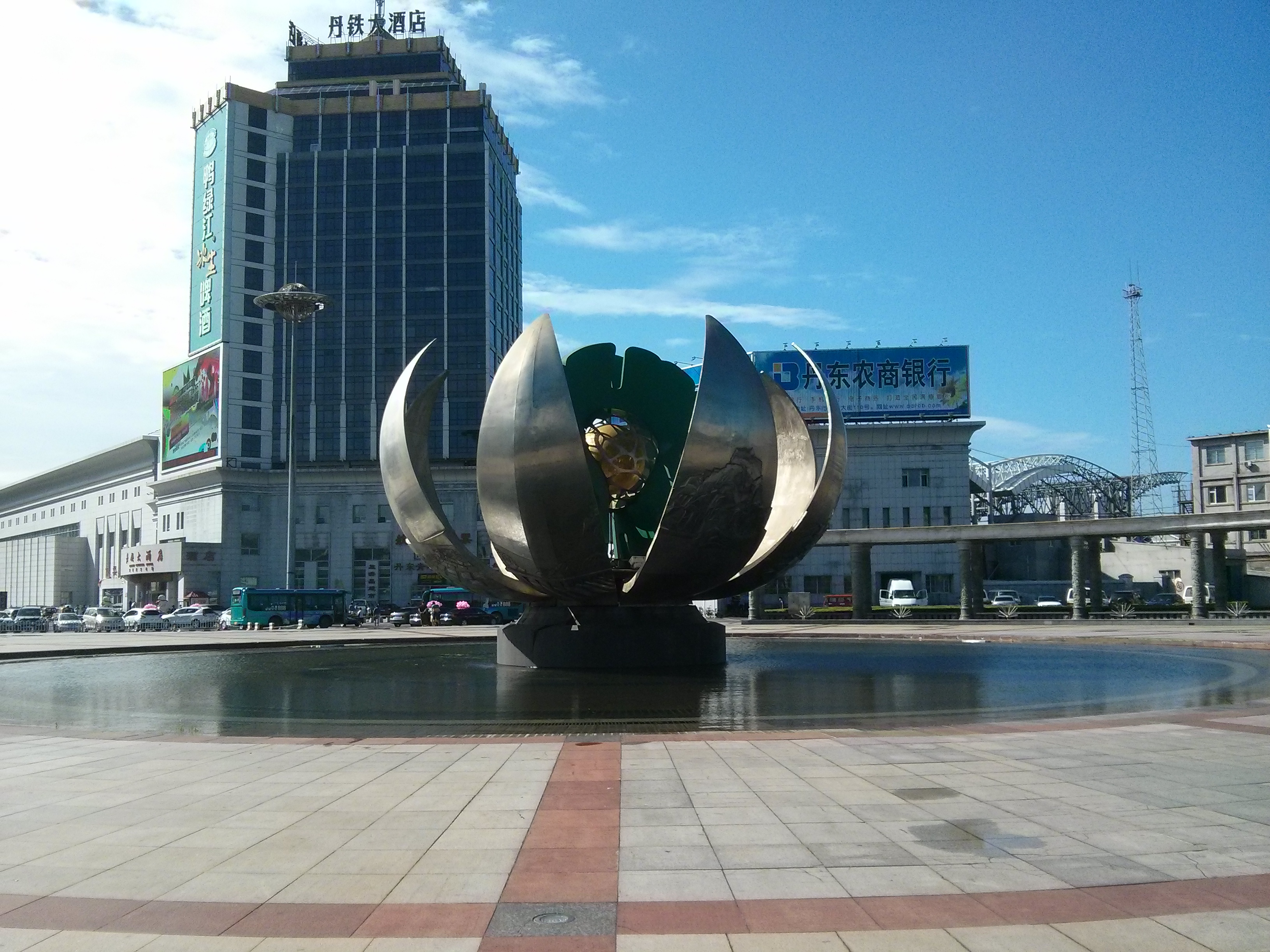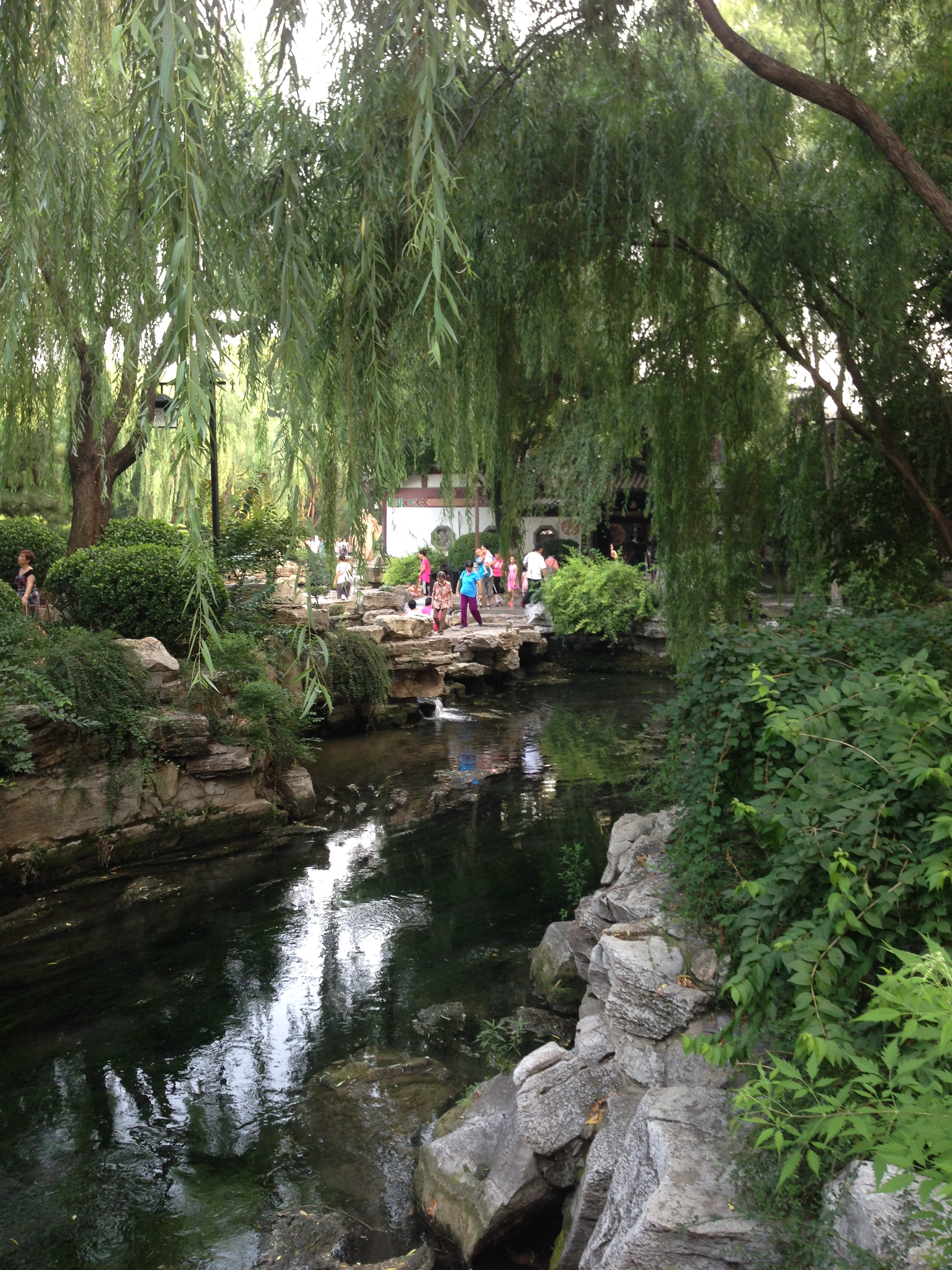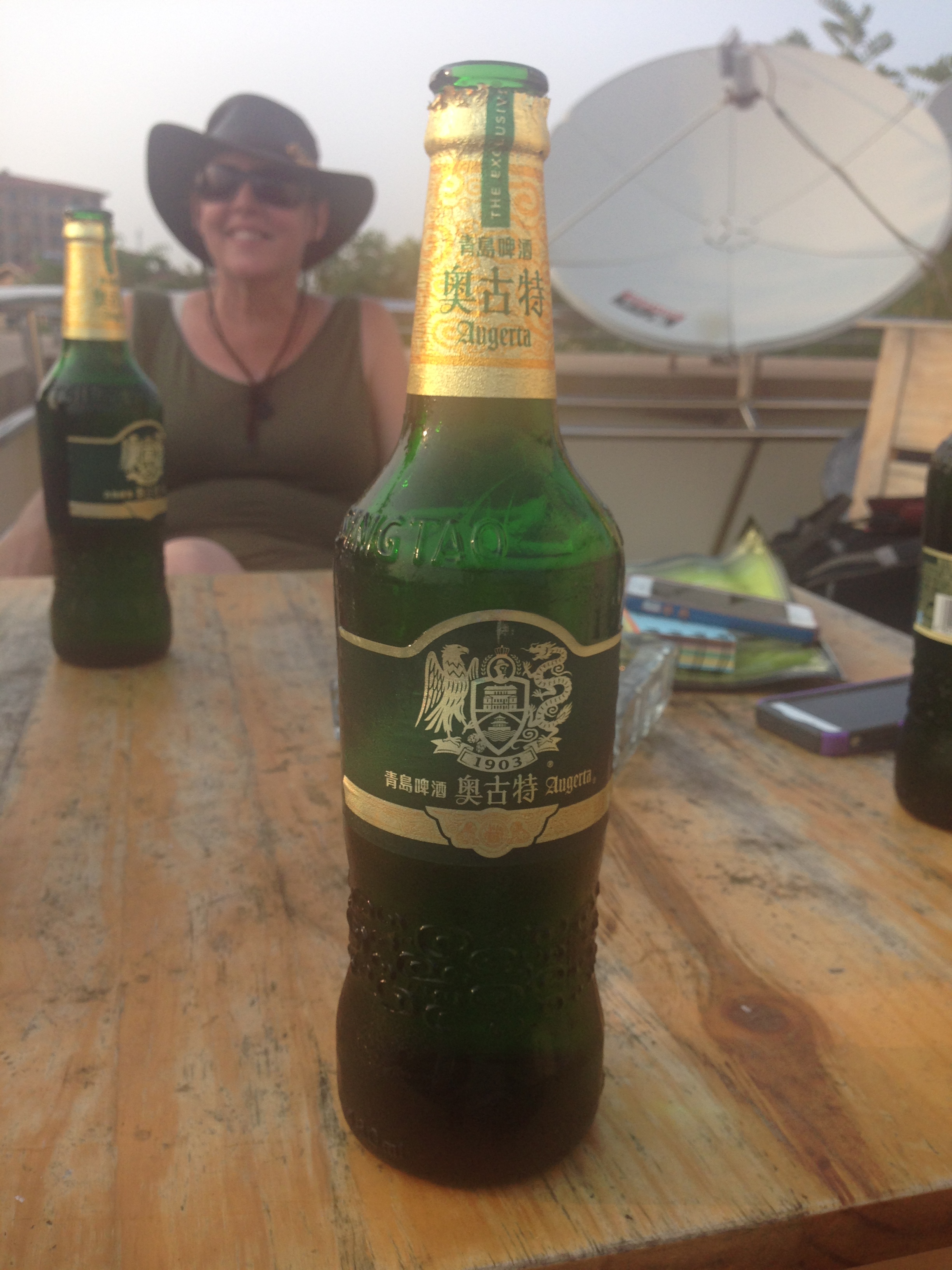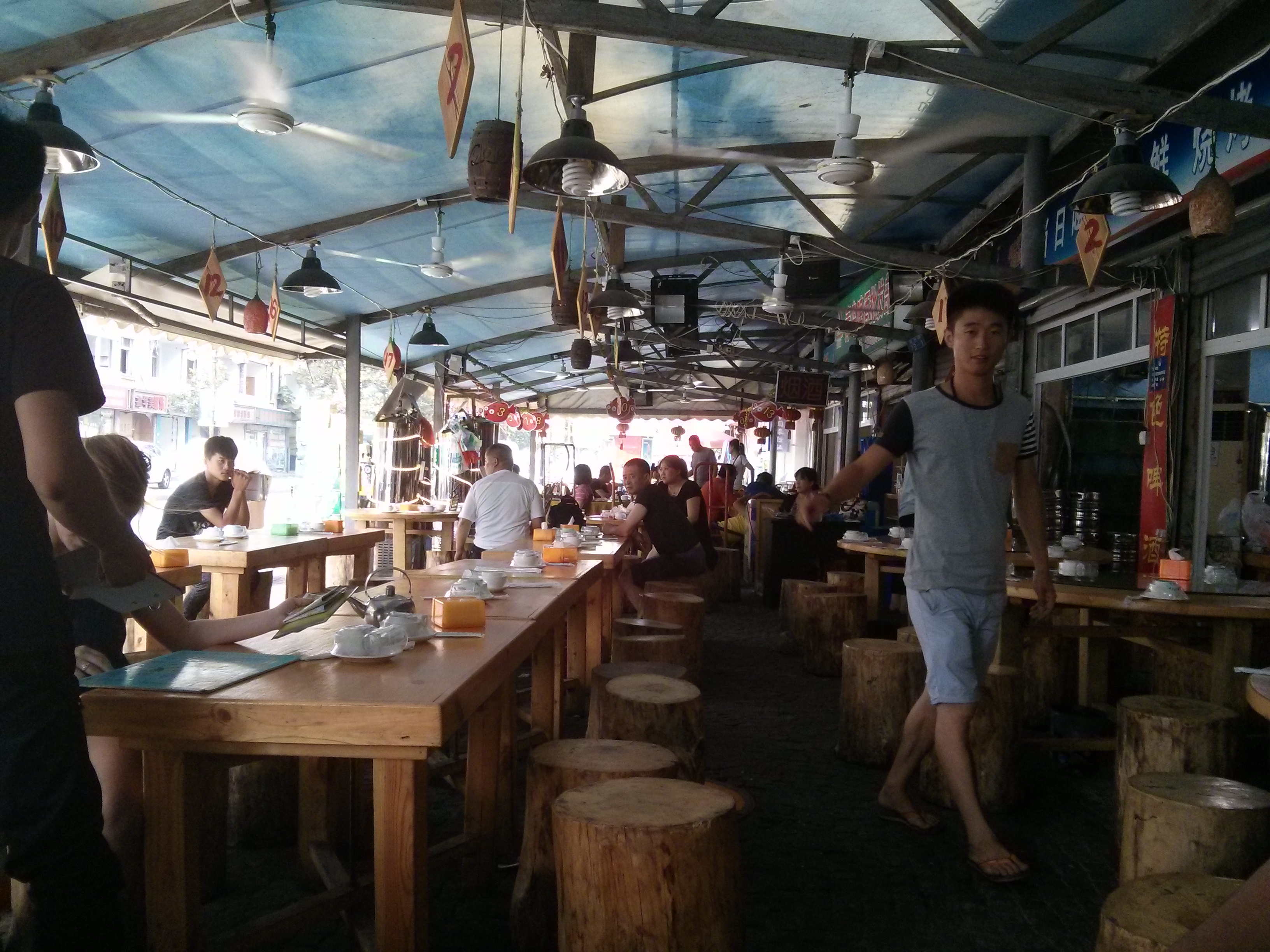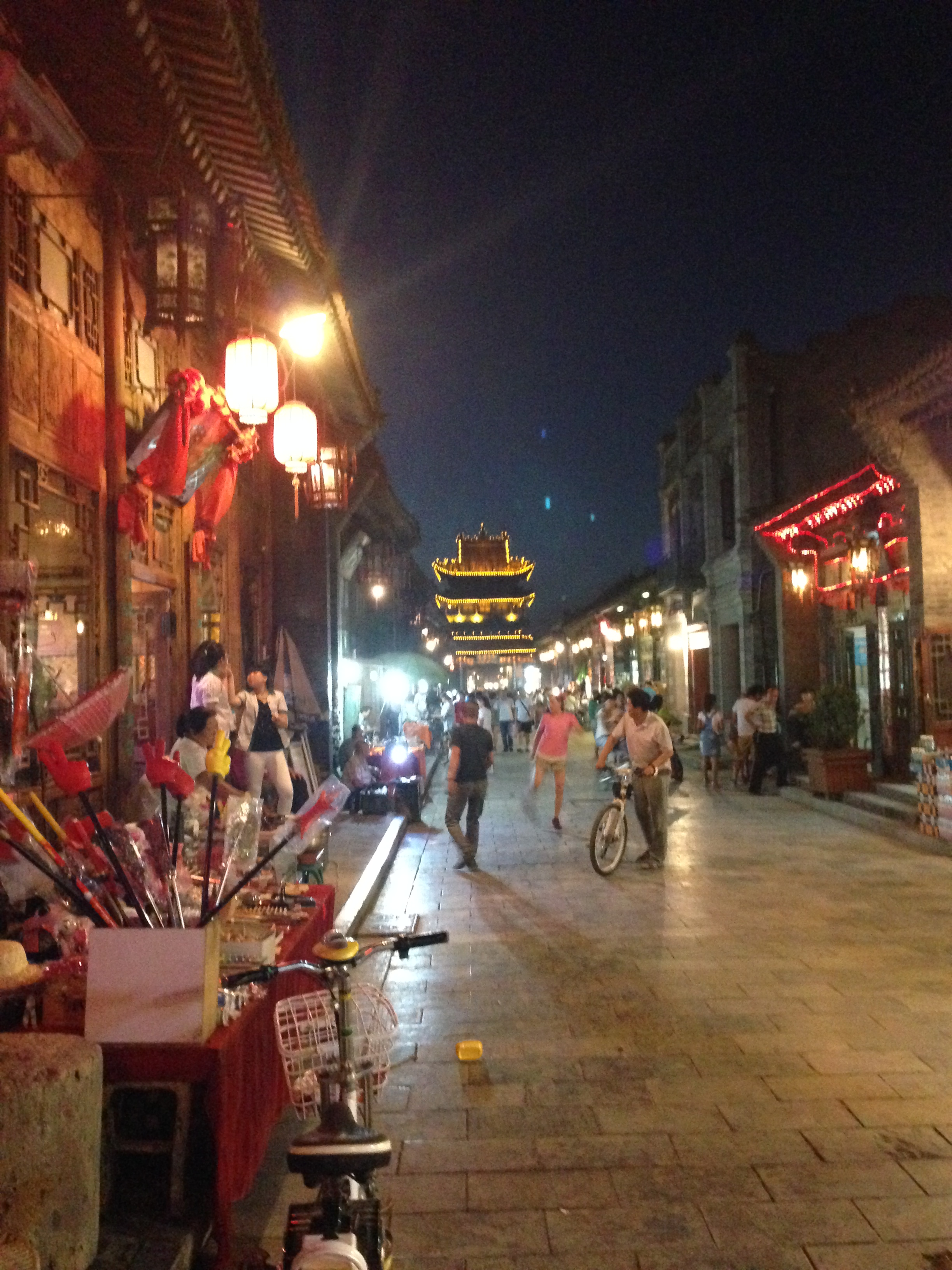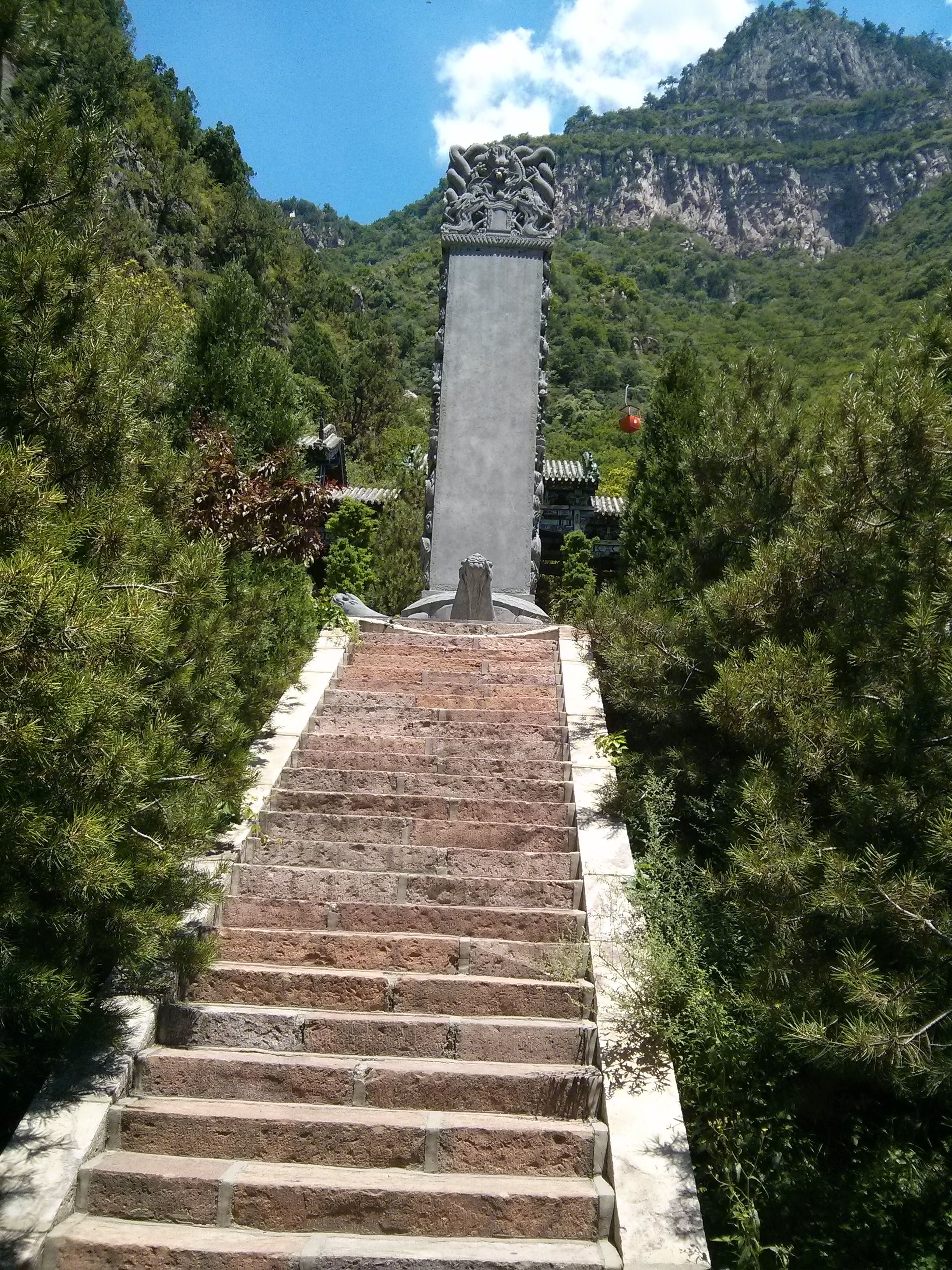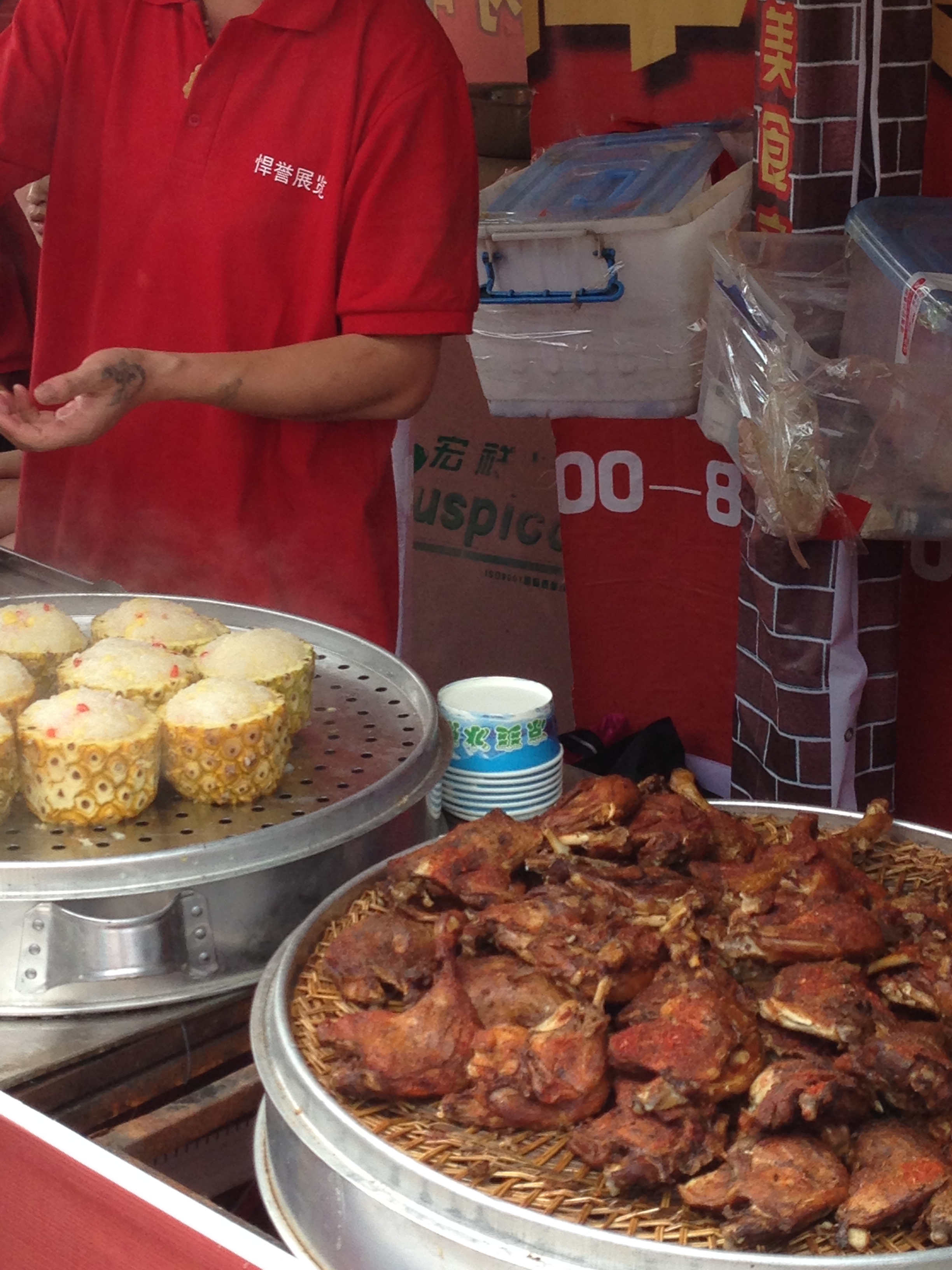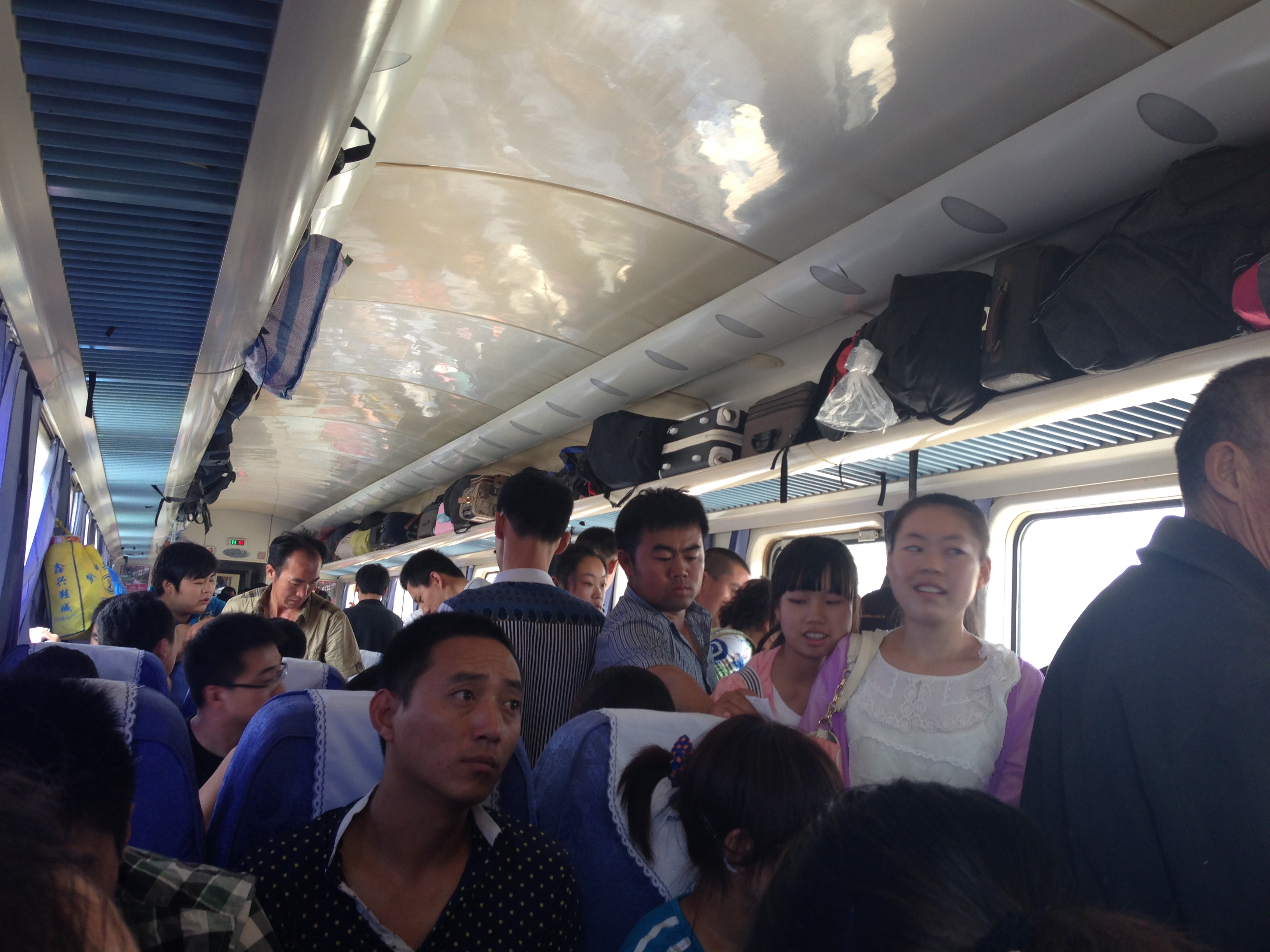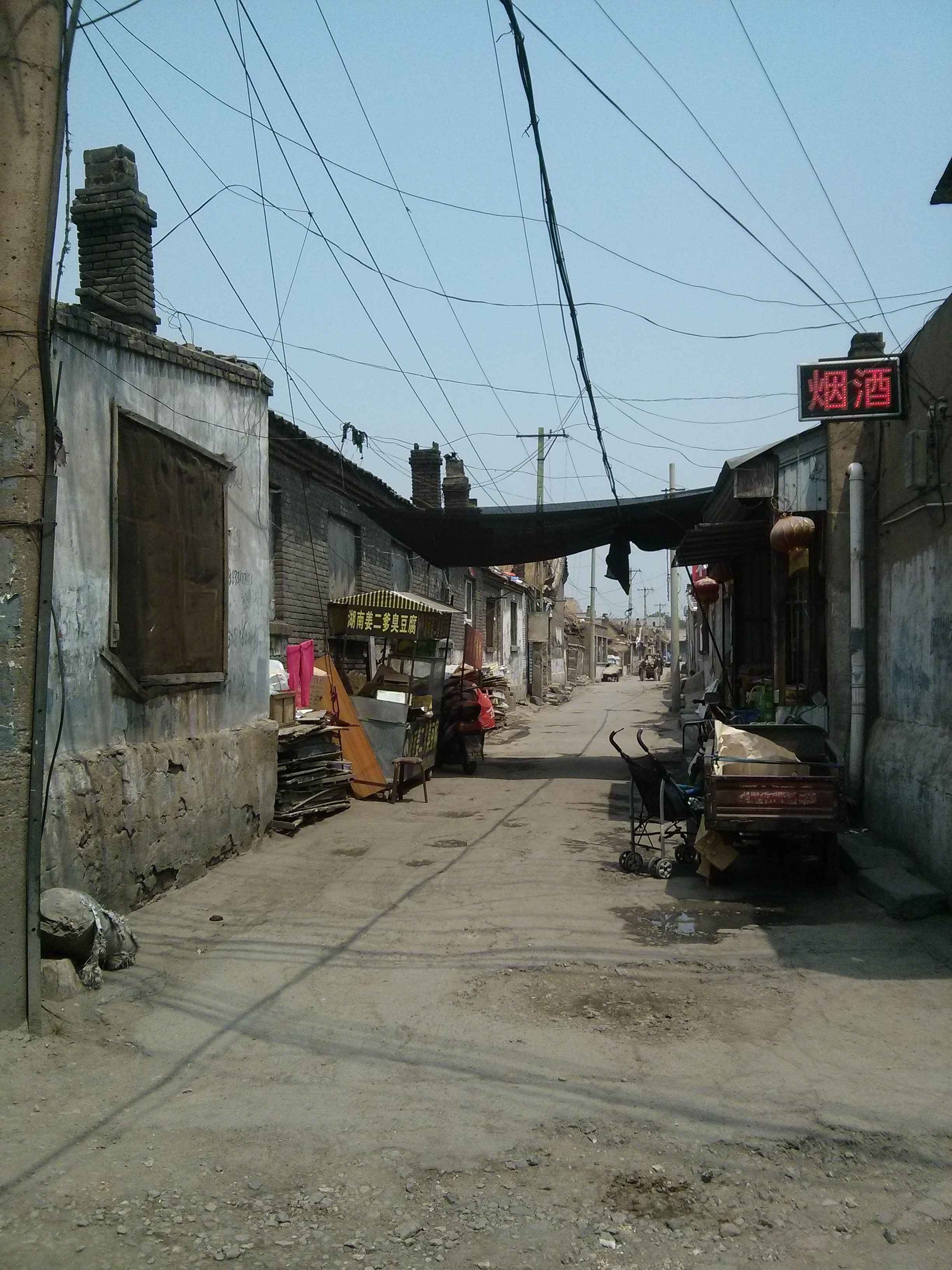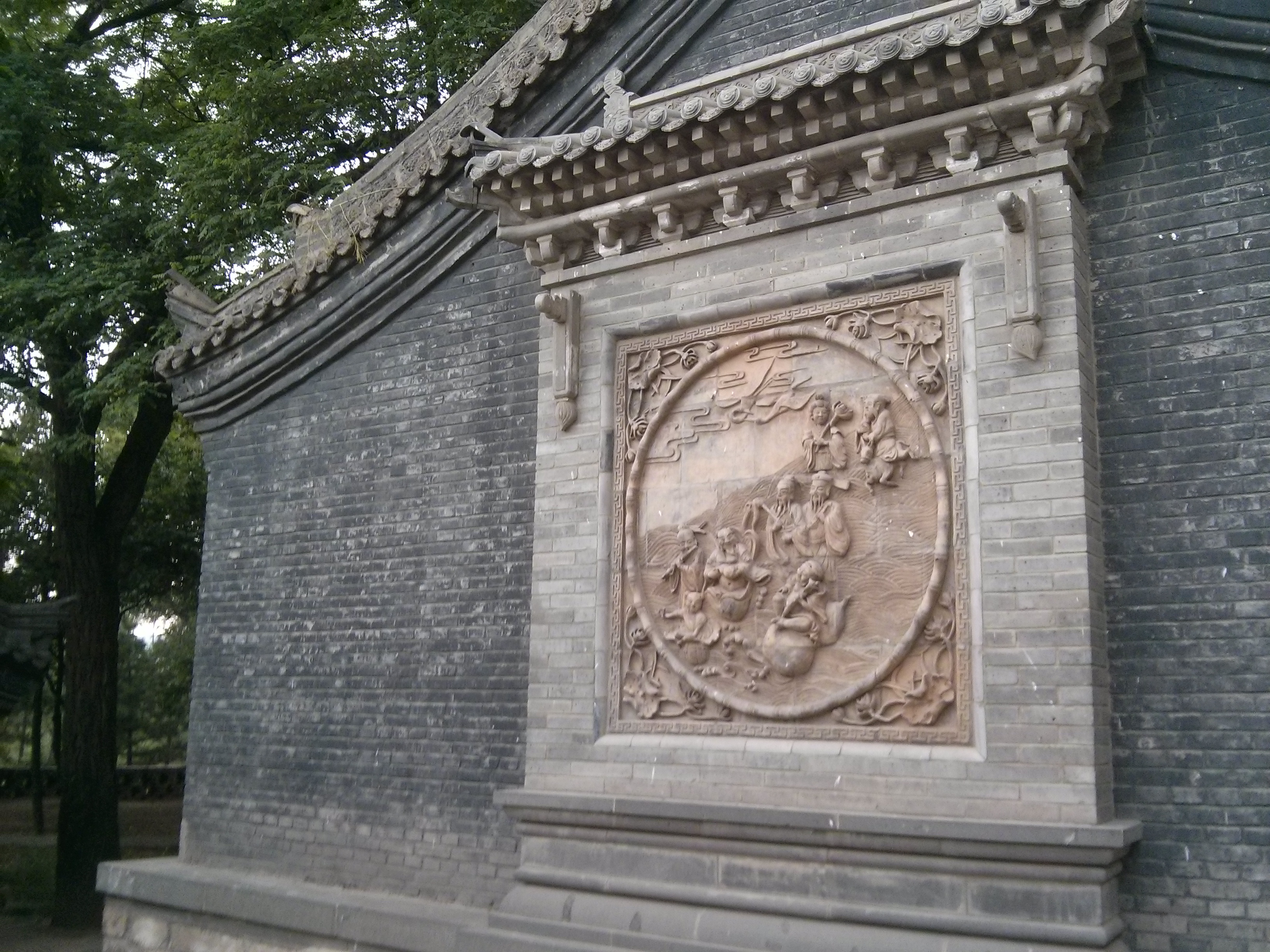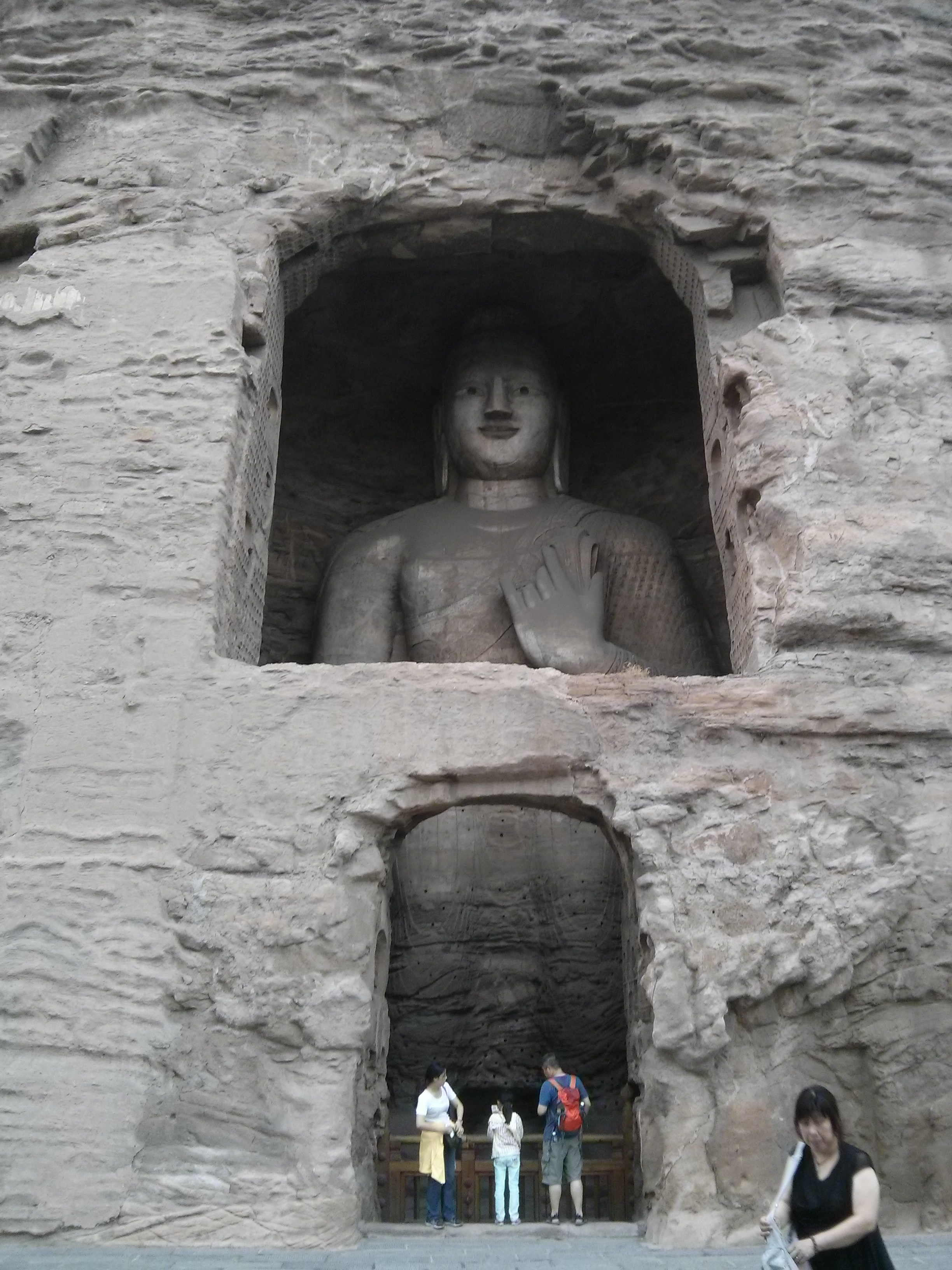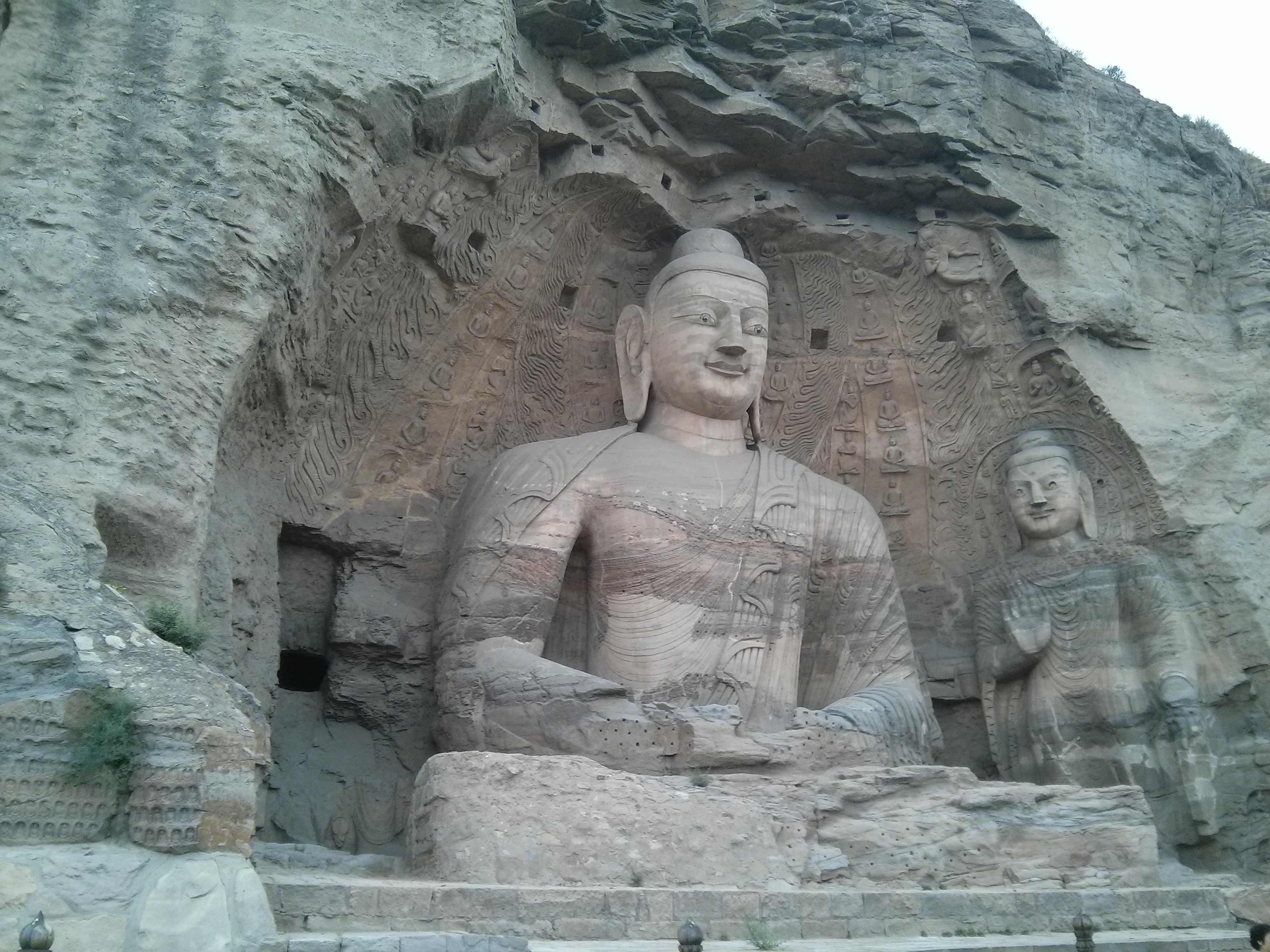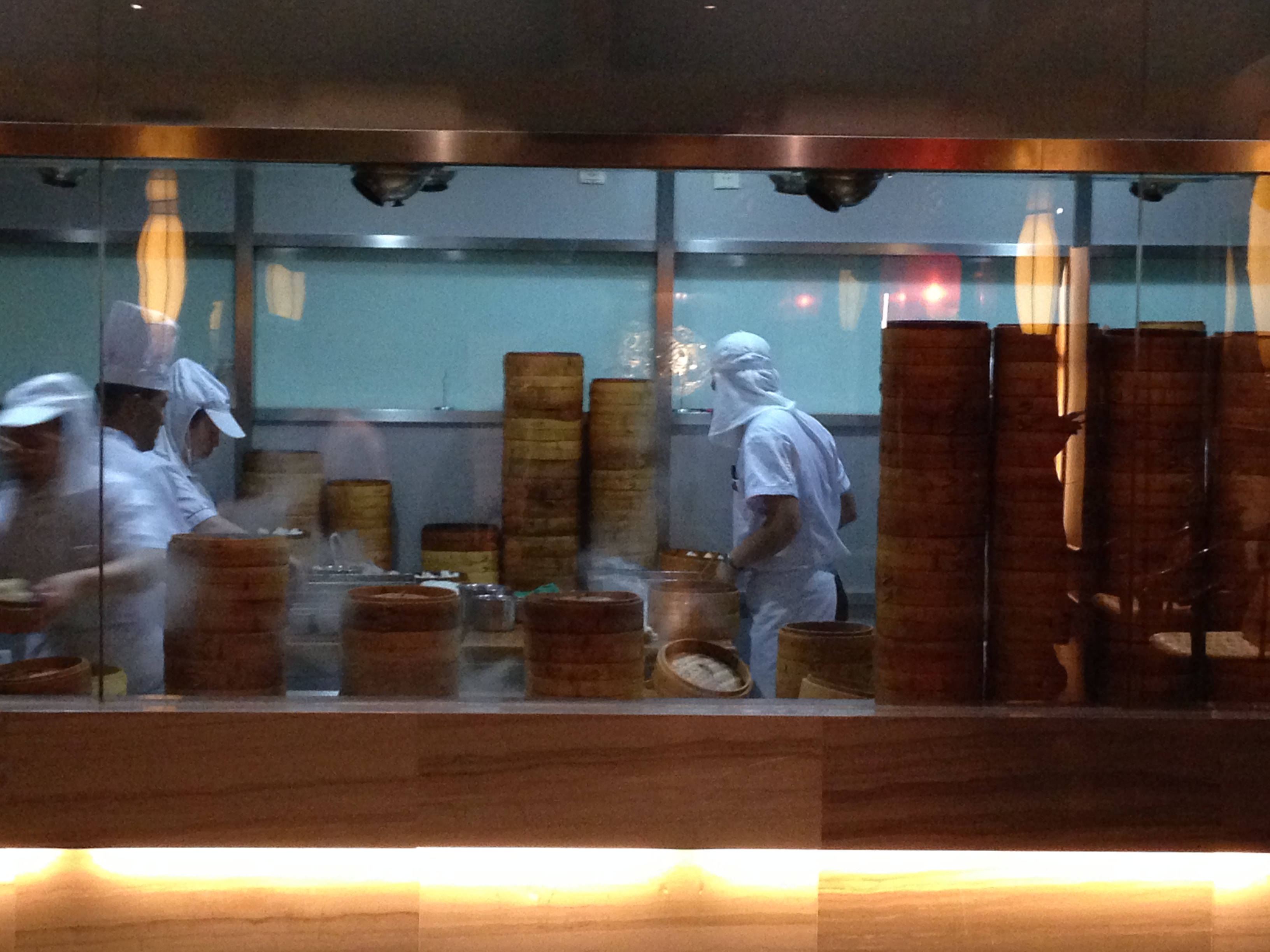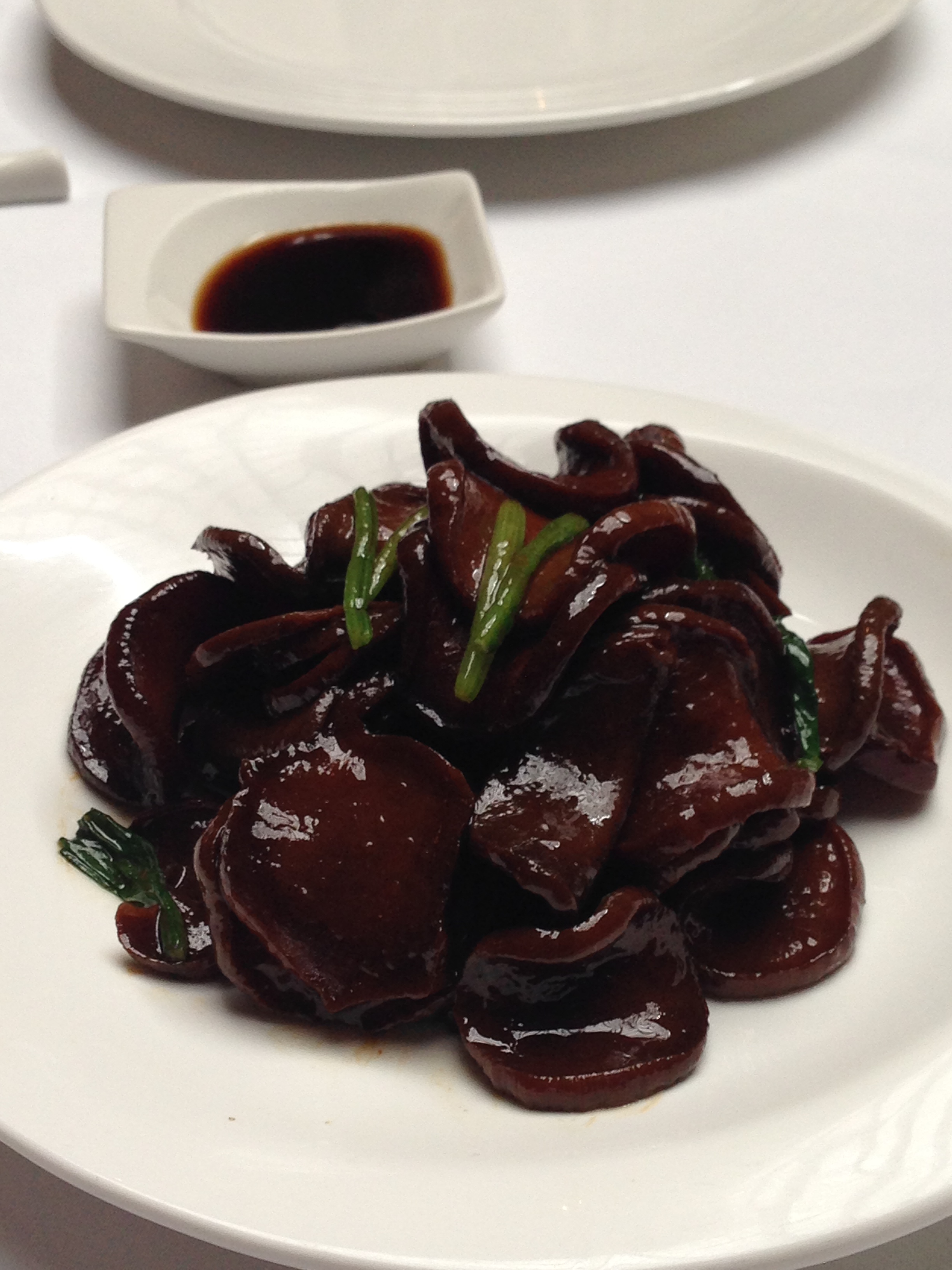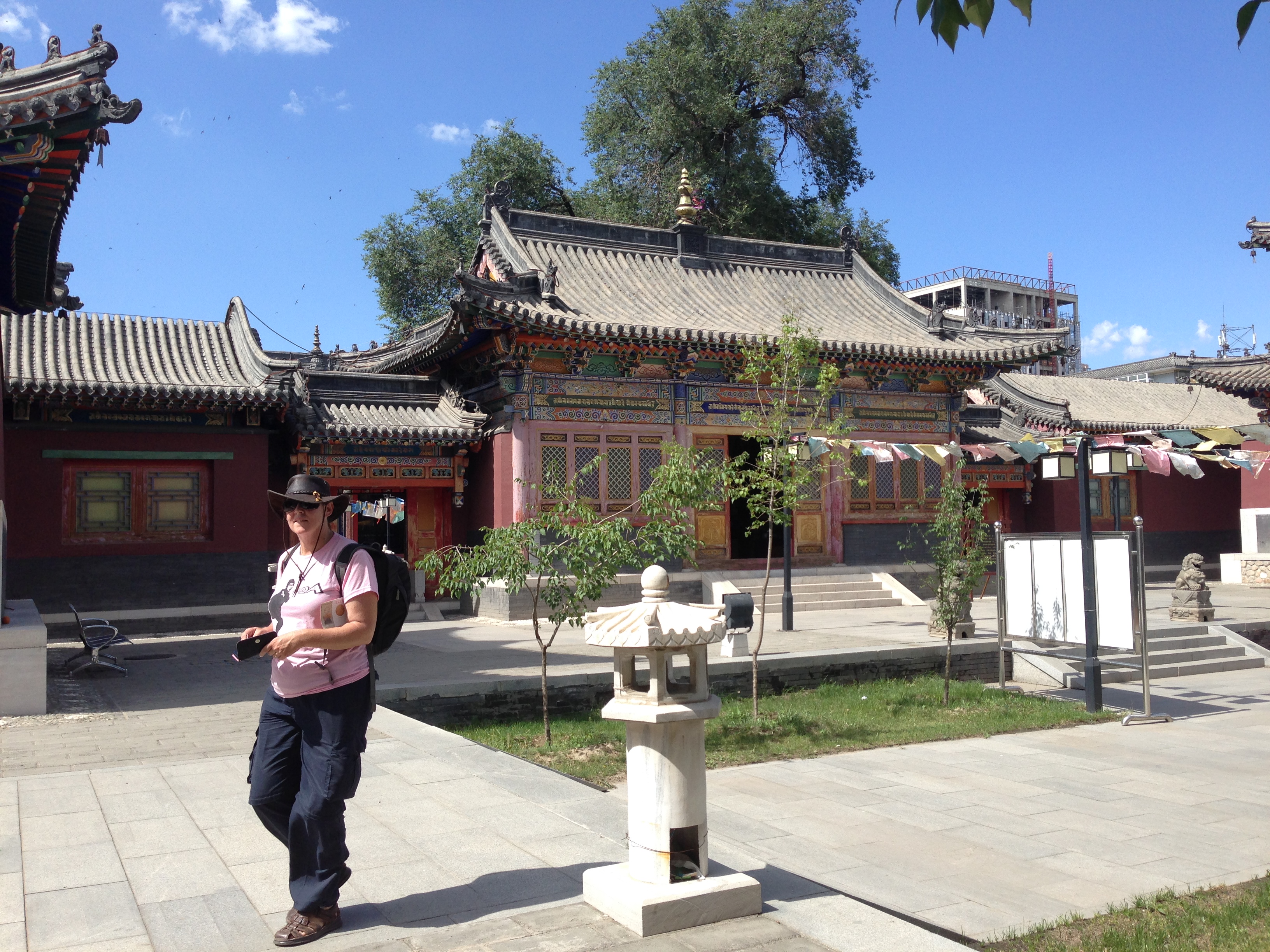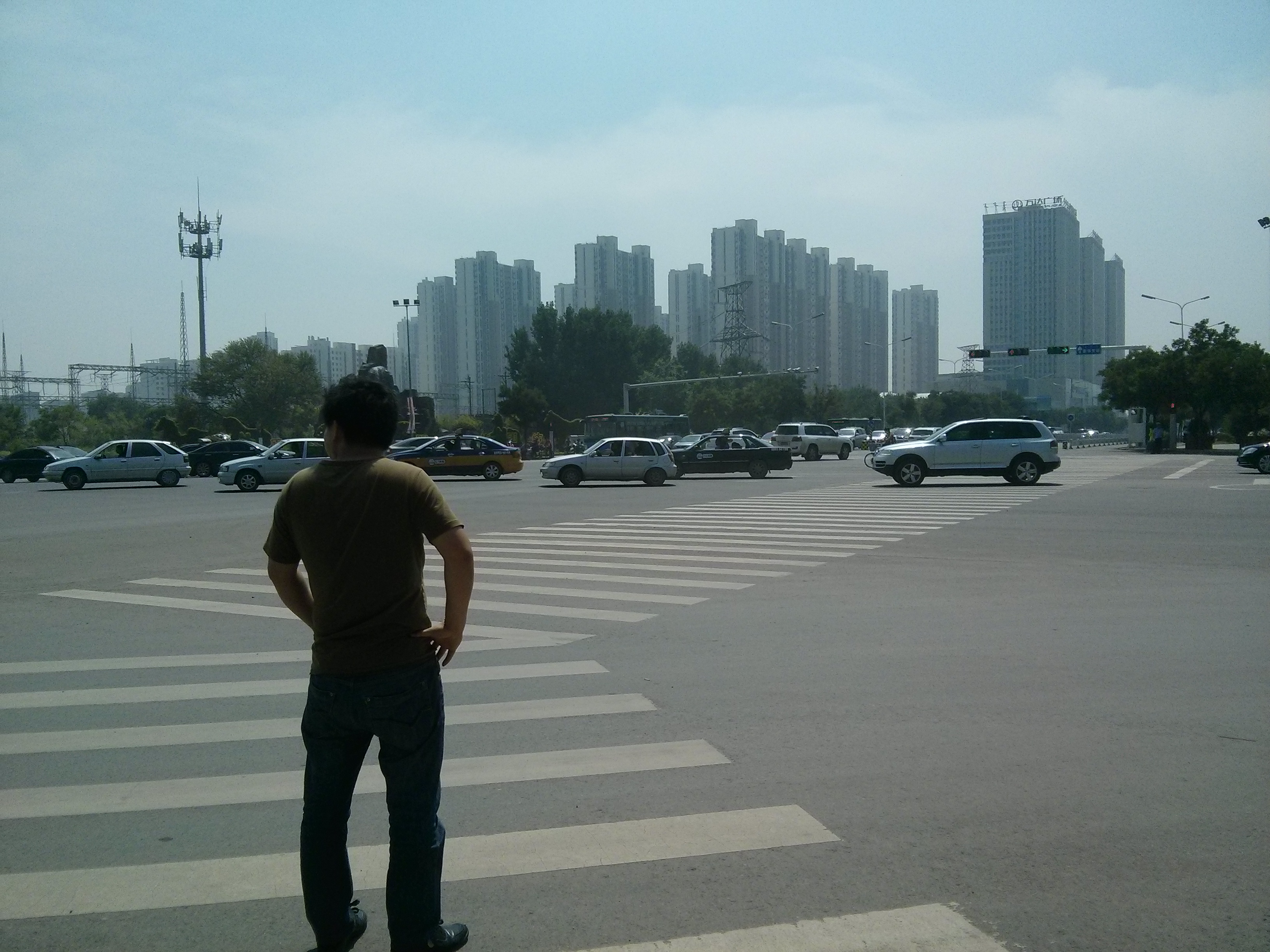Seoul is a city I cannot get a grip on. It is huge, with over 11 million people in the metro area and over 25 if you include the suburbs. It is the largest city in Korea but is bizarre in its contrasts. There are ancient 14th century palaces and traditions happily coexisting with high pressure 21st century everything else. It is oppressively expensive rivalling, and exceeding in some cases, Australian prices for almost everything. But it does have everything you could ever want.
The language is so entirely foreign that we are totally lost with both the written and spoken word. We generally try to get the hello, please, and thank you down before entering a country but here in Korea it was more than our little minds could muster. The Koreans tend to have impossibly long words with syllables that just keep coming and the written word is a series of geometric shapes. By way of example ( 감사합니다 ) is thank you and is pronounced gamsahabnida while hello is ( 안녕하세요 ) and is pronounced annyeonghaseyo. Given that we were only here for a week we decided it was too hard.
Depending on the suburb you are walking in, it is sometimes impossible to walk past 3 shops without one of them being a cafe/coffee shop. The coffee culture here is stronger than in any city I have ever been in (including Melbourne). The streets are unimaginably safe and clean as no crime exists…anywhere. So much so that the subway/metro stations have original art pieces fully framed lining the walls with no fear of theft or vandalism.
The city is broken in two by the Han river which splits the northern Gangbuk section with the historical palaces etc from the southern Gangnam section which is the wealthier and more modern half. Having seen the atrocious Gangnam Style video and attire I can tell you that this is a true phenomenon and the boys here in Seoul are possibly the most vain and metrosexual on the planet and the women are worse.
More time and money is spent on clothes, hairdos, and personal grooming here than most people would do in a lifetime. If you sit in a coffee shop or restaurant it would be impossible to last 5 minutes without somebody checking their appearance in the ever present mirrors or compacts, touching up makeup (which is already 2 inches thick) or using their cell phones as mirrors. This truly is the most vain and fashion conscious nation I have ever seen…to the point of being vacuous.
We stayed in the northern section almost across the road from one of the 5 Grand Joseon Palaces. Doing the tourist thing we bought the five palace pass and set off. As we had a week, and the temperatures were around 37 degrees with high humidity we didn’t exactly sprint into the tourism. We hit the palaces with the syllables that just keep coming (Changdeokgung and Changyeonggung), the Jongmyo Shrine, the museum, Insadong, parks, temples and the usual tourist markets etc.
The pick of the lot however was the war memorial…and it is free. This was brilliant. Mike H if you are still reading along you would love this place. The outside has a massive range of military aircraft, transports, ships and weaponry like nothing I have ever seen. There must have been 40-50 different planes and helicopters, add to this the tanks, missile launchers, jeeps, ambulances artillery and cannons…wow. Then you go inside to read about just how many times the Koreans have had their asses kicked over the centuries. The Japanese, Chinese and Russians have been taking it in turn to rape and pillage Korea for centuries.












